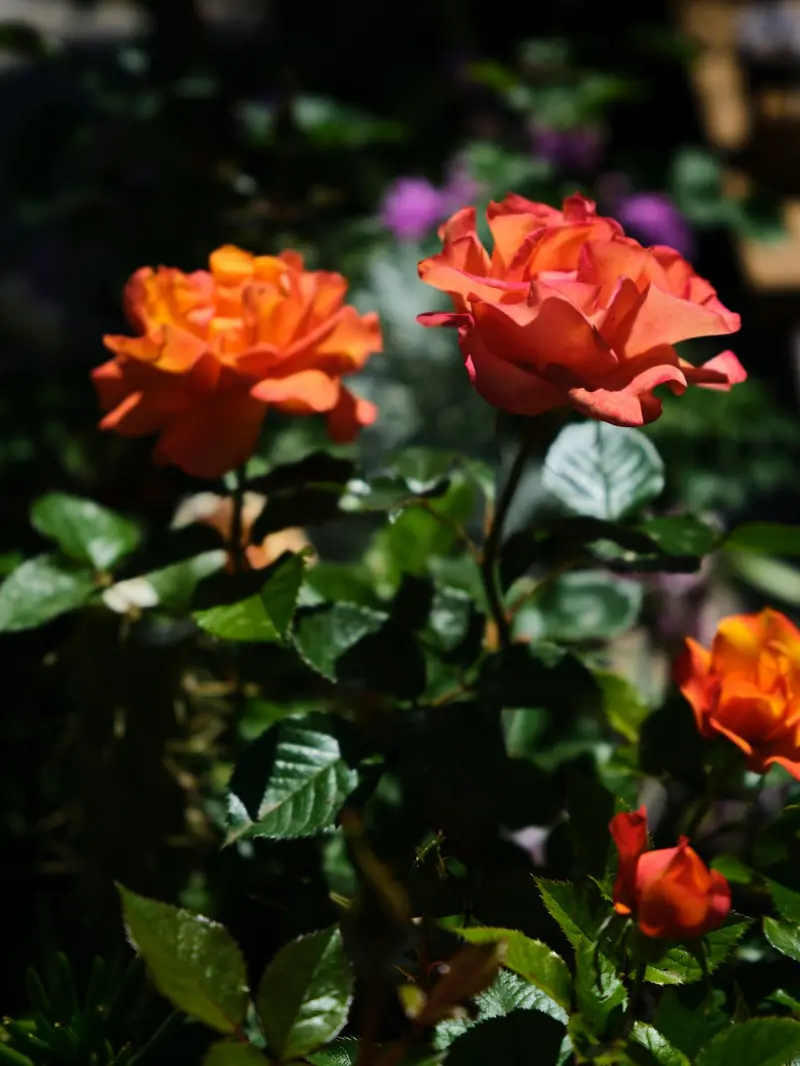Many people adore roses, but few appreciate their thorns. Despite the poetic imagery often associated with these prickly features that accompany the blooms, in reality, they only bring extra hassle. The same can be said for certain agricultural crops, where harvesting is complicated by the presence of these deceptive spikes. An international team of researchers now seems to have found a way to rid thorny plants of their prickles: by editing their genes. The key lies in the fact that a specific gene family is responsible for thorn development in many plants, as reported by the Daily Mail.
What Scientists Discovered
The quest for a solution to thorns began at the Cold Spring Harbor Laboratory in New York, where researchers compared domesticated eggplants, which lack thorns, with their wild, spiky relatives. “I noticed that many of them had very prominent spikes. So I thought, what do we know about this? It turned out, we know almost nothing,” said James Satterlee, a co-author of the study.

Laboratory analyses involving Satterlee and his colleagues indicated a connection between the presence of thorns in plants and the LONELY GUY (LOG) gene family. The researchers found that in domesticated eggplants, which had no spikes, mutations had occurred in these genes. Further analysis confirmed that thorn presence in two dozen different plant species, including roses, was also linked to LOG. This discovery prompted researchers at Cornell University in the U.S. to apply genome editing to eliminate thorns in desert raisins (Solanum centrale), a berry that grows in Australia. Meanwhile, French scientists suppressed thorn growth in roses by editing genes associated with LOG.
In their report, the team wrote: “Sharp epidermal protrusions, known as thorns, have convergently evolved during plant evolution. While thorns are a powerful deterrent against herbivorous animals, they complicate the cultivation of agricultural crops. These results pave the way for the anticipated removal of thorns in food and ornamental crops, such as roses, through genome editing.” The findings were published in the journal Science.
Interestingly, florists do not recommend removing thorns from roses before placing them in a vase. Firstly, roses last longer with thorns. Secondly, the process of removing the spikes is quite painful for the flowers.

